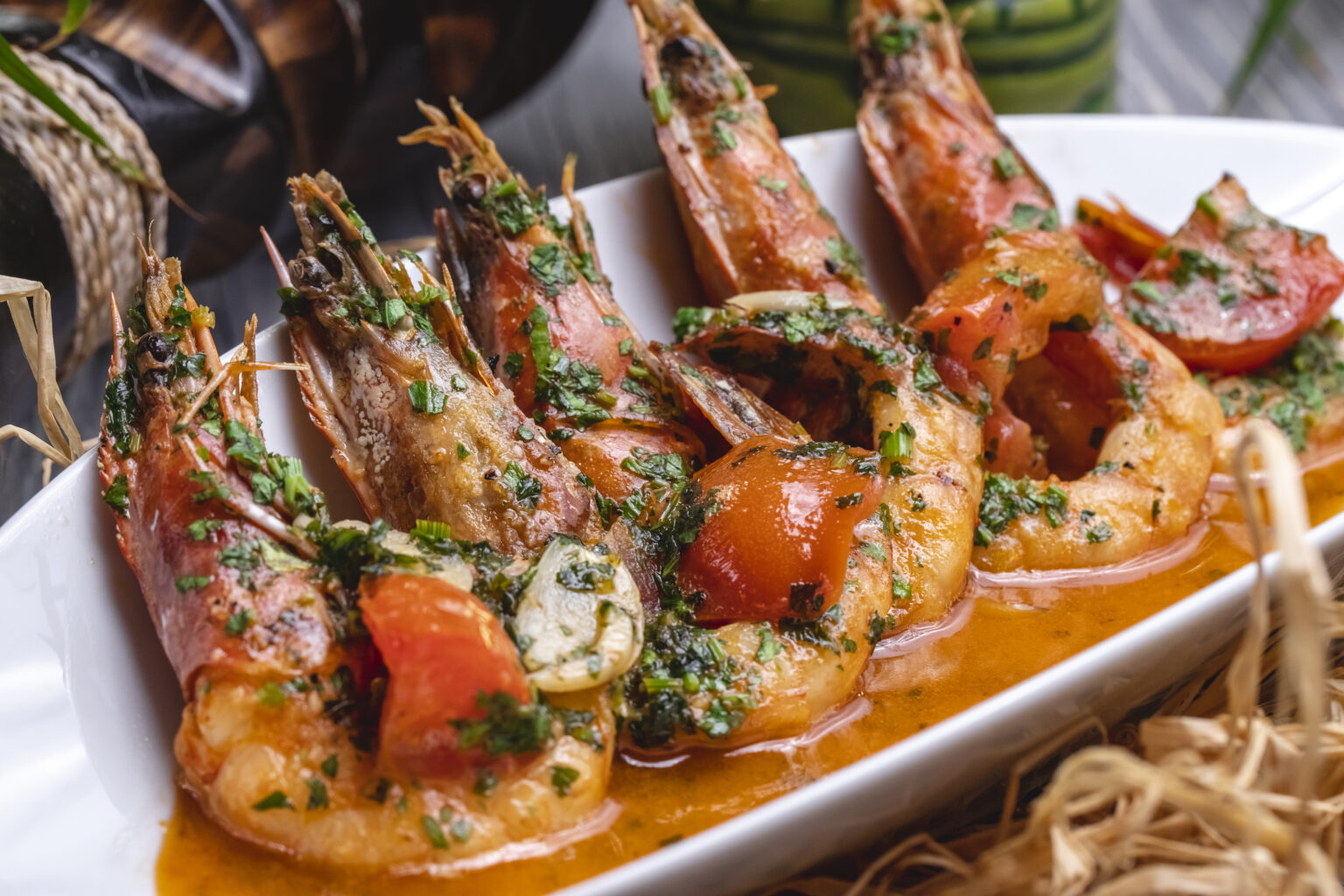Seafood is a delightful culinary choice enjoyed by many around the world. From succulent shrimp and flaky fish to tender scallops, seafood offers a wide range of flavours and textures. However, for individuals with seafood allergies, indulging in these delicacies can be a risky proposition. Allergic reactions to fish can range from mild discomfort to severe, life-threatening conditions. Thankfully, there are several fish alternatives available that allow seafood lovers with allergies to enjoy similar tastes and experiences without the risk.
Fish allergies are one of the most common food allergies, affecting both children and adults. The allergens responsible for triggering reactions in individuals can vary, but the proteins parvalbumin and collagen are often the culprits. For those with fish allergies, even a small amount of fish or its derivatives can lead to allergic symptoms, such as hives, swelling, difficulty breathing, or gastrointestinal distress.
Fortunately, a growing market for fish alternatives has emerged to cater to the needs of seafood enthusiasts with allergies. These alternatives offer similar taste, texture, and nutritional profiles, making them a suitable substitute for fish in various recipes. Let’s explore some of the popular fish alternatives available today:
- Shellfish: If you’re allergic to finfish like salmon or cod, shellfish can be a great alternative. Shrimp, crab, lobster, and scallops provide a similar seafood experience without the risk of a fish allergy. However, it’s important to note that individuals with shellfish allergies should avoid these alternatives.
- Plant-Based Fish Substitutes: With the rise of plant-based diets, companies have developed innovative alternatives to mimic the taste and texture of fish. These alternatives, often made from ingredients like soy, pea protein, or seaweed, can be used in dishes such as fish tacos, fish burgers, or even fish and chips. They offer a cruelty-free and sustainable option for seafood lovers with allergies.
- Tofu and Tempeh: Tofu and tempeh, popular in vegetarian and vegan diets, can also serve as fish alternatives. With their ability to absorb flavors, these soy-based products can be marinated or seasoned to imitate the taste of fish. They can be used in stir-fries, curries, or even sushi rolls.
- Jackfruit: Known for its fibrous and meat-like texture, jackfruit has gained popularity as a versatile plant-based substitute. Its neutral taste makes it a suitable option for recreating the flaky texture of certain fish varieties. Seasoned and cooked jackfruit can be used in dishes like fish stews, ceviche, or fish tacos.
- Seaweed and Algae: For those seeking the taste of the ocean, seaweed and algae offer a unique alternative. These marine plants are rich in nutrients and can be used to enhance the flavour of various dishes. They are commonly used in sushi rolls, salads, and broths to evoke a taste reminiscent of seafood.
When exploring fish alternatives, it’s essential to read labels carefully to ensure they are free from fish-derived ingredients. Cross-contamination can also be a concern, so checking for dedicated manufacturing processes and facilities is important.
While fish alternatives provide options for individuals with fish allergies, it’s crucial to consult with a healthcare professional before making any dietary changes. They can provide guidance tailored to individual allergies, dietary requirements, and overall health.
In conclusion, seafood lovers with fish allergies no longer need to feel left out. With the increasing availability of fish alternatives, they can savour the flavours and textures of the ocean without compromising their health. Whether opting for shellfish, plant-based substitutes, or unique ingredients like jackfruit and seaweed, there are plenty of options to explore and enjoy. With a little creativity and culinary experimentation, seafood enthusiasts can continue their love affair with flavoursome dishes while keeping their allergies at bay.








